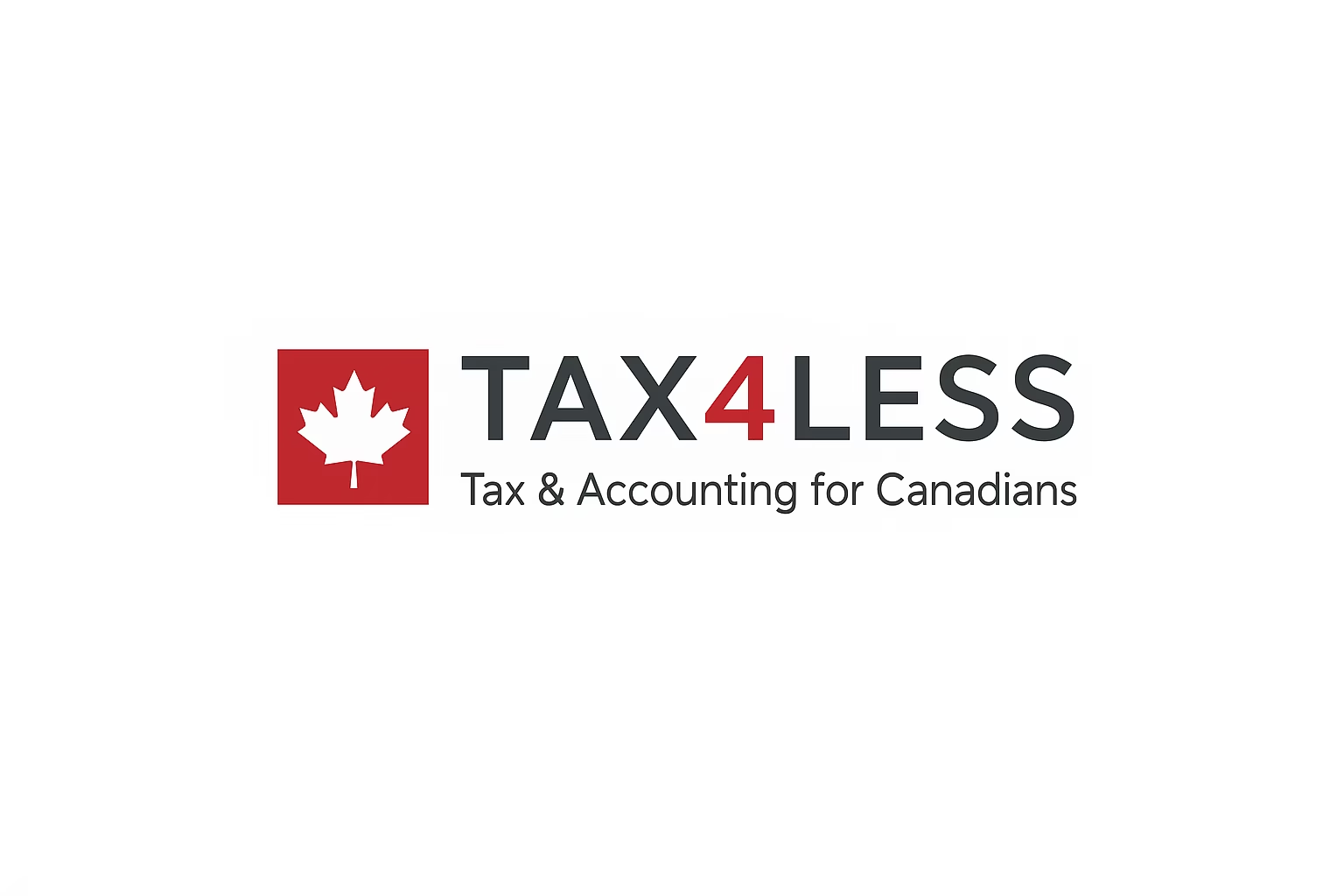What is a Bare Trust? Filing Requirements with CRA, Purpose, and Compliance
Understanding Bare Trusts: Filing Requirements with CRA, Purpose, and Compliance
In the realm of estate planning and asset management, a bare trust stands out as a valuable legal tool. Often utilized to safeguard assets, manage wealth, or facilitate the transfer of assets, understanding the intricacies of a bare trust is crucial for both individuals and professionals in the financial and legal sectors. In this article, we delve into the concept of bare trusts, their filing requirements with the Canada Revenue Agency (CRA), their purpose, and the compliance obligations associated with them.
What is a Bare Trust?

A bare trust, also known as a simple trust, is a legal arrangement where assets are held by a trustee for the benefit of a named beneficiary. Unlike other forms of trusts, such as discretionary trusts, where the trustee has discretion over the distribution of assets, in a bare trust, the beneficiary has an absolute right to both the income and capital of the trust.
In a bare trust:
- The trustee holds legal title to the assets but has limited powers.
- The beneficiary holds equitable title to the assets and has the right to direct the trustee on how to manage and distribute the assets.
- The trustee’s role is typically passive, with their duties primarily involving the administration and protection of the assets according to the beneficiary’s wishes.
Filing Requirements with CRA
While bare trusts are relatively straightforward in structure, they are not exempt from regulatory oversight. In Canada, bare trusts are subject to filing requirements with the Canada Revenue Agency (CRA), particularly when they involve taxable income or assets. The filing obligations primarily revolve around reporting income generated by the trust and complying with tax laws.
Key filing requirements for bare trusts with the CRA include:
- T3 Return: Bare trusts are required to file a T3 trust income tax and information return annually. This return reports the trust’s income, deductions, and distributions made to beneficiaries during the taxation year.
- Statement of Trust Income Allocations and Designations (T3SCH3): Along with the T3 return, bare trusts must provide a statement detailing the allocation of income and deductions among beneficiaries.
- Issuance of T3 Slips: Bare trusts are responsible for issuing T3 slips to beneficiaries, reporting the income they received from the trust. Beneficiaries must report this income on their personal tax returns.
- GST/HST Reporting (if applicable): If the bare trust is involved in taxable activities subject to Goods and Services Tax (GST) or Harmonized Sales Tax (HST), it may be required to file GST/HST returns and remit taxes to the CRA.
- Foreign Reporting Requirements (if applicable): Bare trusts with foreign assets or income may have additional reporting obligations, such as the filing of Form T1135, Foreign Income Verification Statement.
Purpose of Bare Trusts
Bare trusts serve various purposes, including:
- Asset Protection: By transferring assets into a bare trust, individuals can protect them from potential creditors or legal claims. Since the beneficiary has a beneficial interest in the trust assets, they are shielded from personal liabilities.
- Estate Planning: Bare trusts are commonly used in estate planning to facilitate the transfer of assets to intended beneficiaries while minimizing probate fees and estate taxes. They allow individuals to specify how their assets will be distributed after their death.
- Tax Efficiency: Bare trusts can be structured to optimize tax efficiency by allocating income and capital gains to beneficiaries who are in lower tax brackets. This can result in overall tax savings for the beneficiaries.
- Minor’s Trusts: Bare trusts are often established for minors, allowing adults to manage assets on their behalf until they reach the age of majority. This ensures that assets are preserved and managed responsibly for the minor’s benefit.
Compliance Requirements
To ensure compliance with legal and regulatory standards, trustees of bare trusts must adhere to certain obligations:
- Fiduciary Duties: Trustees have a fiduciary duty to act in the best interests of the beneficiaries and manage the trust assets prudently. They must avoid conflicts of interest and always act honestly and in good faith.
- Record-Keeping: Trustees are required to maintain accurate records of all trust transactions, including income, expenses, distributions, and any changes in trust assets. These records may be subject to review by tax authorities.
- Communication with Beneficiaries: Trustees must keep beneficiaries informed about the trust’s activities and provide them with regular updates on income, expenses, and other relevant matters.
- Compliance with Tax Laws: Trustees must ensure that the bare trust complies with all applicable tax laws and regulations, including filing tax returns, reporting income, and paying any taxes owed in a timely manner.
By fulfilling these compliance requirements, trustees can mitigate the risk of legal and financial consequences and uphold the integrity of the bare trust structure.
Conclusion
Bare trusts play a vital role in estate planning, asset protection, and wealth management strategies. Understanding the filing requirements with the CRA, the purpose of bare trusts, and the compliance obligations associated with them is essential for trustees, beneficiaries, and professionals in the financial and legal fields. By adhering to regulatory standards and fulfilling their fiduciary duties, trustees can effectively administer bare trusts and ensure the interests of beneficiaries are safeguarded.
BARE TRUST

 Previous Post
Previous Post Next Post
Next Post